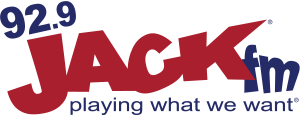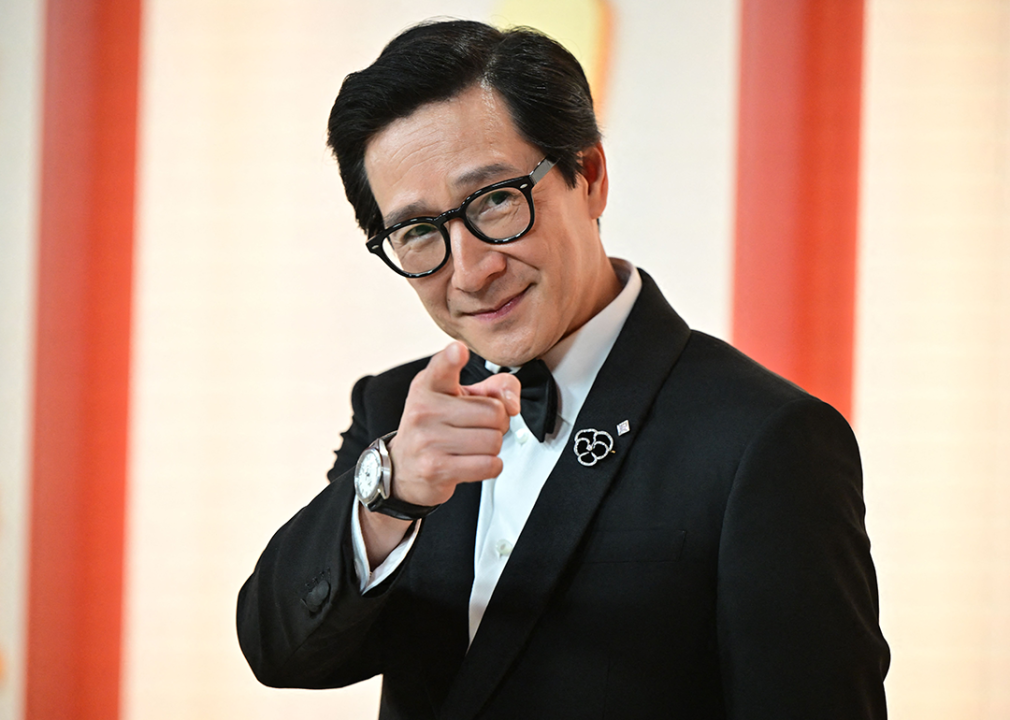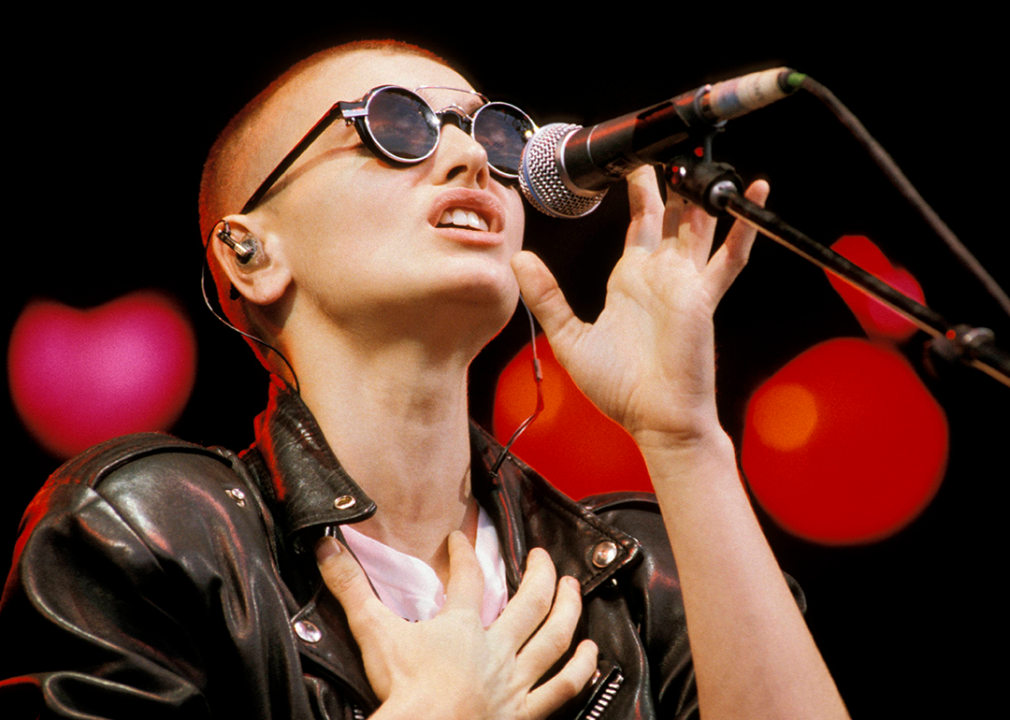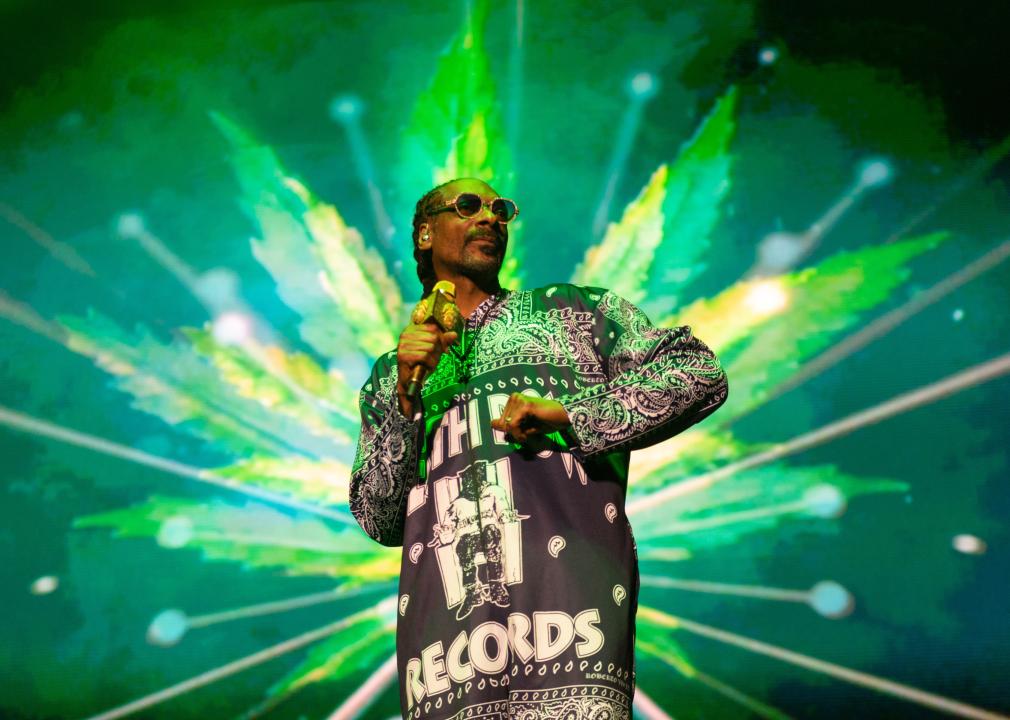Behind the boom in low-alcohol and nonalcoholic drinks
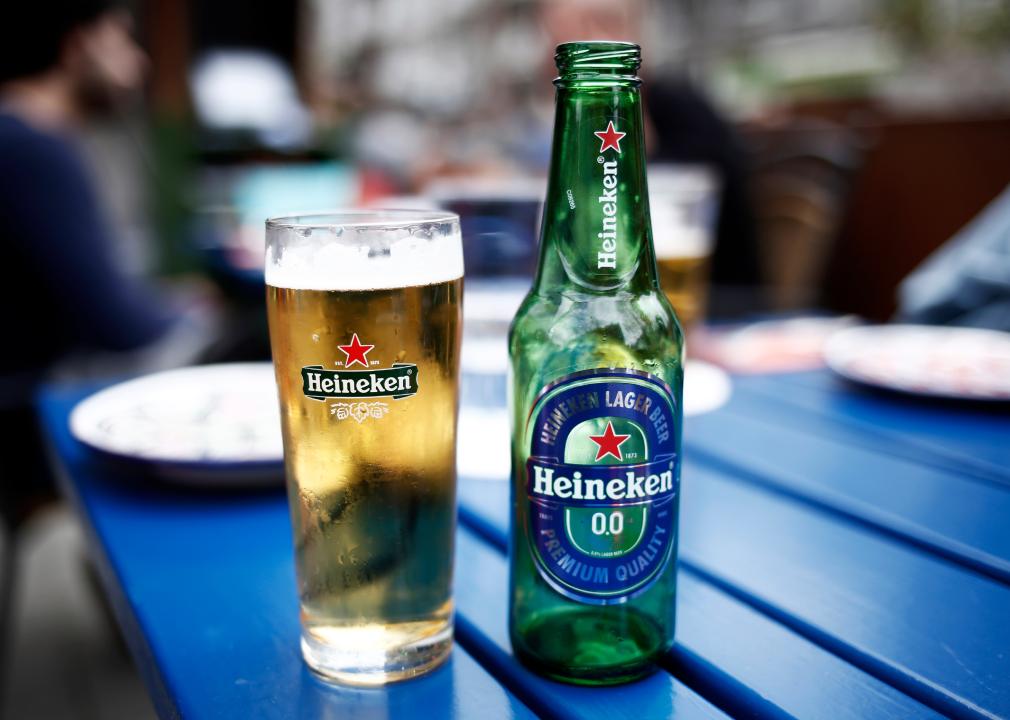
Behind the boom in low-alcohol and nonalcoholic drinks
Mocktails are no longer seen as an afterthought, relegated to the corners of a menu during Dry January. In recent years, drinkers and nondrinkers alike have been ordering bespoke concoctions that are every bit as delectable as a cocktail, only without the alcohol.
According to NielsenIQ, nonalcoholic beer, wine, and spirits reached $395 million in U.S. sales from August 2021 to 2022—up 20.6% from the prior year. Globally, beverage analysis firm IWSR estimates place the market value of nonalcoholic adult beverages much higher—above $11 billion in 2022. Projections say the mocktail is here to stay. Global Market Insights expects the nonalcoholic drinks category to grow to $30 billion by 2025.
What’s driving this growth? Stacker used industry reports to explore the recent popularity of low- and no-alcohol drinks.
One of the factors driving the trend is changing perspectives on sobriety. More people—particularly younger generations —are embracing “mindful drinking,” or drinking in moderation. According to the IWSR, more than 3 in 4 consumers of low- and no-alcohol-by-volume products also drink full-strength alcohol, with many of them (41%) choosing to substitute these products when avoiding alcohol or trying to drink less.
But the share of people using no/low alcohol products who don’t drink at all is rising, as well. Part of this is a generational shift. A report from Berenberg Research shows Gen Zers are drinking 20% less than millennials, who already do not drink as much as Gen Xers and baby boomers did at the same age.
“The ability to enjoy cocktails all day long and not be an absolute waste of space sounds like a pretty cool (and responsible) way to be.” Nick Hassiotis, operating partner of Foundation Social Eatery in Alpharetta, Georgia, told Forbes.
The generational decline in drinking also has to do with greater cultural trends around health, in particular, mental health. Based on research from London creative agency Red Brick Road, 86% of Gen Z consumers consider their mental health to be as important as their physical health when deciding to consume alcohol. The research also found that 7 out of 10 Gen Zers characterize binge drinking as a “very risky” activity and that 2 out of 5 link alcohol with “anxiety,” “vulnerability,” and “abuse.”
“I think with each generation you learn more and more, and so I think people are just more aware of the negative side effects of drinking,” Shivani Gonzalez, a Gen Zer in New York City who embraces “mindful drinking,” told Stacker. “I think priorities have shifted where the focus is more on physical and mental health, and alcohol can get in the way of that.”
Entrepreneurs have seen these trends emerging and have taken note, driving the boom in low- and no-alcohol beverages, creating products like Ghia or De Soi, nonalcoholic apéritifs that aren’t just tasty alcoholic alternatives, but trendy ones too, with artful cans and bold, eye-catching designs.
According to Drizly, there are now more than 100 nonalcoholic brands available across its platform, up 70% from 2021. But bigger brands are also taking note: In December, White Claw announced it’s planning to release an alcohol-free hard seltzer. The world’s largest brewer, Anheuser-Busch InBev, started its nonalcoholic beverage team in 2018 and has since seen accelerated growth, according to Fernando Campos, global vice president of no-alcohol beverages for the company. The behemoth beverage company is pushing toward a goal of making its no- and low-alcohol beers account for 20% of sales by 2025, according to Forbes.
Restaurants are also embracing the no-ABV trend, adding custom mocktails to their menus, and stocking more no- and low-alcohol wine, beer, and spirits. According to Datassential’s MenuTrends, the presence of mocktails on restaurant menus has grown 233% over the past four years.
“It’s nice to have the option for a mocktail if I know that it’s important for me to get a good night’s sleep that night, especially if I have a workout planned for the morning,” Gonzalez said. “Because there’s so many good options these days, a lot of times I find myself asking, ‘Why would I even want alcohol right now?’ I also find that if you go to a bar and ask a bartender to make you a nonalcoholic drink, they usually will come up with something really fun.”
Of course, no- and low-ABV sales still dwarf that of alcohol sales. The share of these beverages among U.S. alcohol sales remains low, at about 0.47% in 2022. But that’s over twice their share from just five years prior. When looking towards the future of nonalcoholic drinks, it’s safe to say it’s not a boom—it’s a trend that’s here to stay. Long live the mocktail, far past Jan. 31.
Story editing by Carren Jao. Copy editing by Tim Bruns.
![]()
Provided by Stacker
